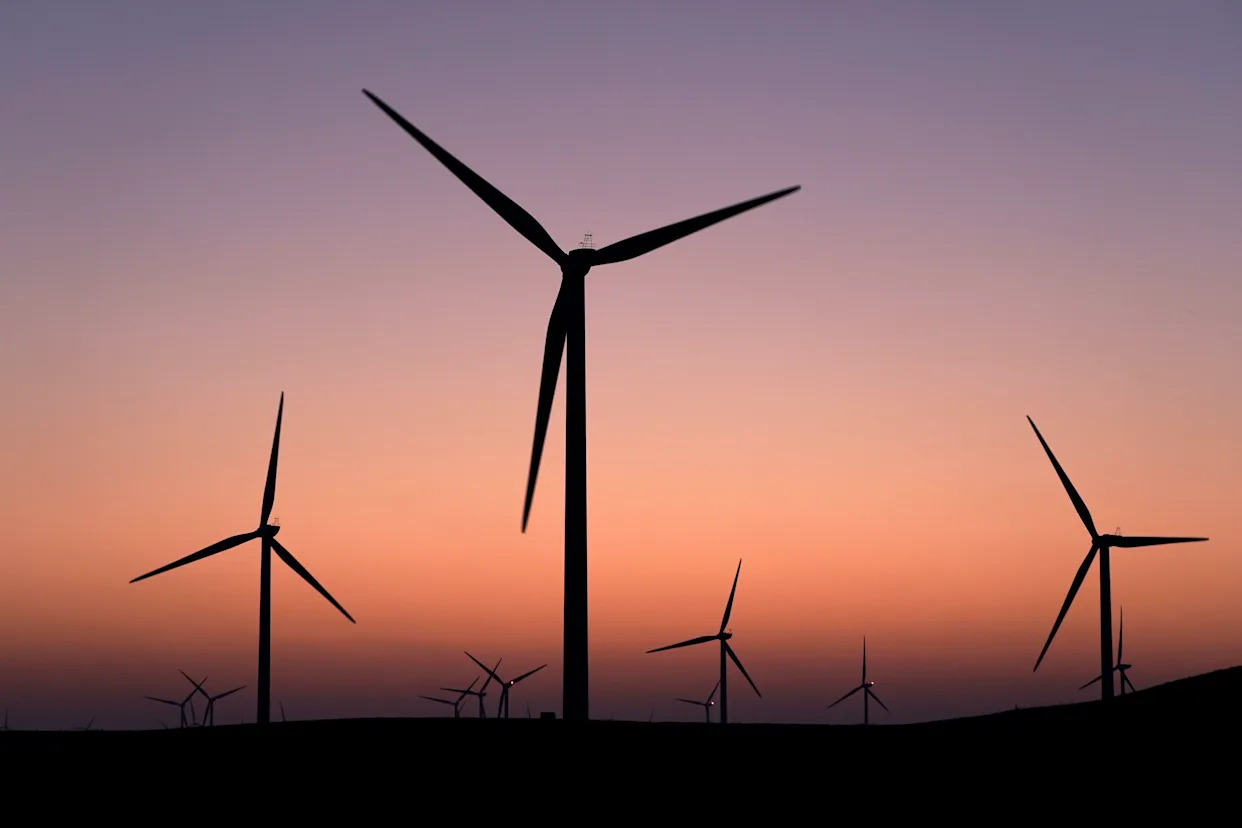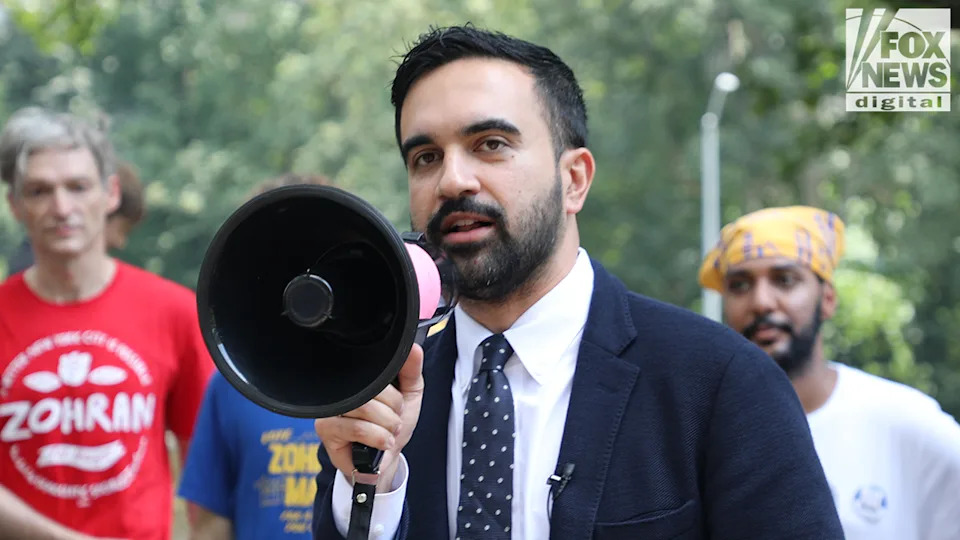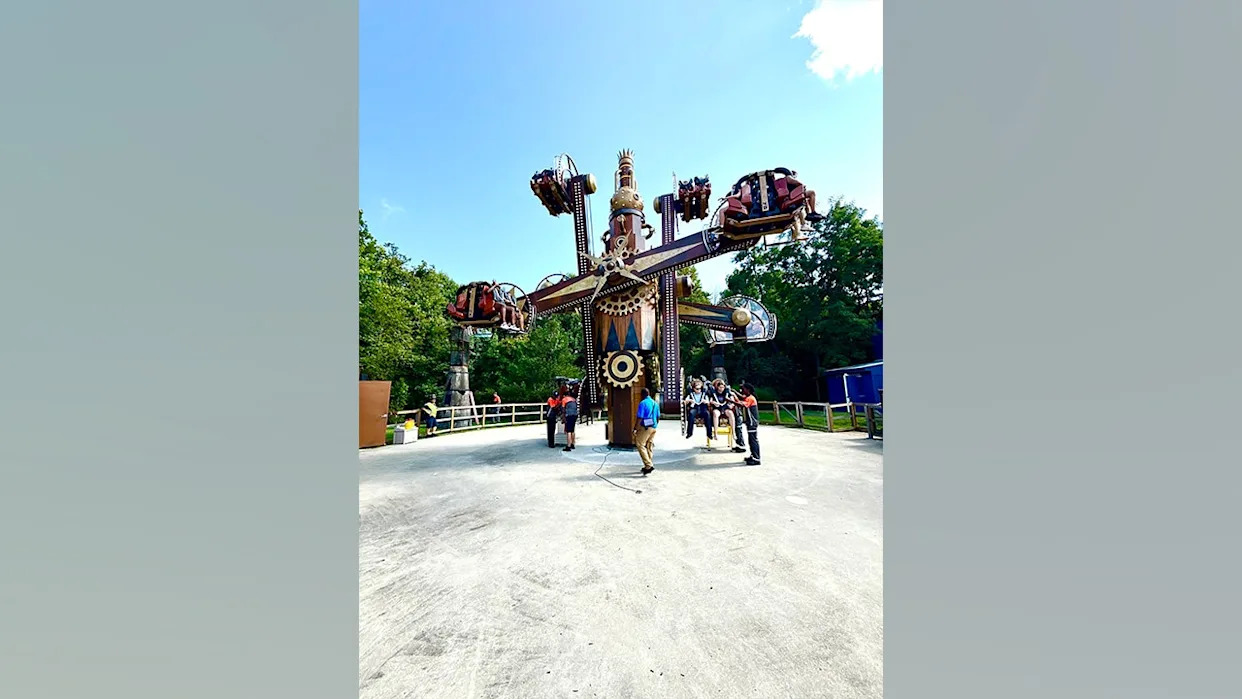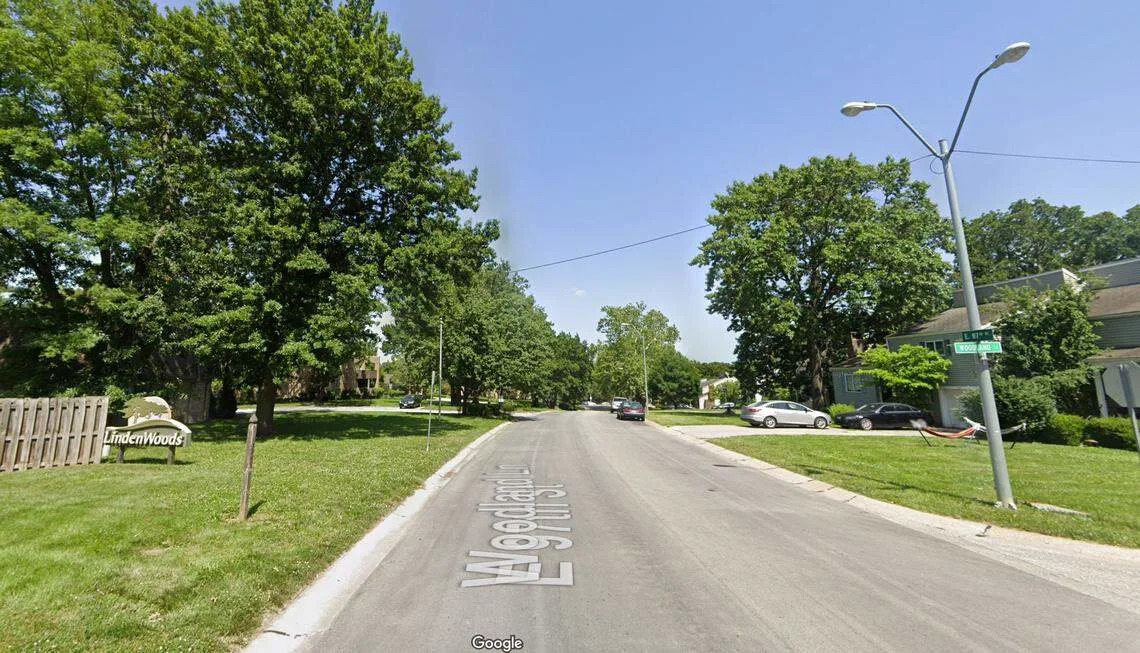
SACRAMENTO, California — A wind power farm in the mountains of far-Northern California was the first through the door of a new permit streamlining program that came with a lofty promise to renewable energy developers: Once a permit application was complete, the California Energy Commission would make a final ruling on the project within 270 days.
It’s been more than 650 days since Fountain Wind completed its application. But the agency still hasn't made a final ruling, after fierce local opposition successfully derailed the permit review.
In renewable energy circles, the project has become a poster child of the sluggish progress California has made toward expediting the infrastructure state leaders say they so desperately want. Meanwhile, local officials and their advocates see the initiative as a prime example of why decision-making is better done within the communities where workers are breaking dirt. That argument will continue playing out in Sacramento in the coming month as language that would further empower the CEC’s permitting authority is in one of the most-watched end-of-session bills.
"Why champion a state permitting process that does authorize a local override if you’re not going to wield it?’ said Alex Jackson, executive director of the American Clean Power Association, a renewable energy trade group. “In the face of federal attacks on wind and rising demand, the case for grabbing every zero-carbon electron in California could not be stronger right now.”
In June 2022, Gov. Gavin Newsom (D) signed a major budget trailer bill that was a key step in California’s yearslong effort to pare down its notoriously byzantine permitting processes. AB 205 created an optional permitting process that would allow large renewable energy projects to get the green light from the CEC, effectively sidestepping local advocates who have become so effective at wielding county-level laws to mothball construction.
But three years later, developers are still facing a lengthy review process. The centerpiece 270-day review timeline only kicks off once the CEC determines that an application is complete. It’s taken the CEC about a year on average to make that determination for the four projects that have made it that far in the opt-in process. The second longest-tenured project in the pipeline, a solar and battery project in Imperial County, applied over 530 days ago and still hasn’t received its stamp of approval that its application is complete.
Long timelines are nothing new, especially in California policymaking circles. But the delays, and the fact that CEC staff cited local opposition in its recommendation to spike the Fountain Wind project, have frustrated renewable energy industry leaders, who are saying the state will never meet its ambitious clean energy goals at this pace. Meanwhile, developers are facing a hostile federal government as the Trump administration continues its assault on wind and solar projects.
“Do you think that I’m going to commit to a 10-year, multi-million-dollar development process with the risk that the county supervisors three elections down the road don’t think it’s appropriate?” said Michael Rucker, CEO of renewable energy company Scout Clean Energy, which is currently constructing a wind farm in the hills south of San Jose. “The CEC’s action puts the development prospects for wind energy, at a time when the state needs it very much, just on ice.”
The industry's concerns have found receptive ears in Sacramento.
SB 254, state Sen. Josh Becker’s (D) sprawling bill to rein in electricity rates, contains language that would establish a presumption under the AB 205 system that the facilities' construction would economically benefit local governments, reversing the current dynamic, which has a higher bar for developers to demonstrate those benefits. It would also extend the application window deadline from 2029 to 2034, make smaller projects eligible, and give the CEC a 30-day deadline to ask for additional information after it receives records from applicants.
Becker said his goal is to improve on the initial AB 205 framework, which, in his view, has been “been working well in some cases, and not as well in others.” He views the bill through the popular "abundance" framework of trying to strike the right balance between protecting the environment while getting projects approved more quickly.
“If we just have years and years of delays … it just adds costs to the system,” Becker said.
In a statement, CEC spokesperson Stacey Shepard said that the opt-in program is working as intended, delivering a faster, predictable timeline for reviewing California energy projects. It brought the Fresno County Darden Clean Energy Project across the permitting finish line within the 270 day window, has three others with complete applications in the opt-in pipeline, and five more in the prefiling stage, representing 2,800 megawatts of new generation and 4,800 MW of storage capacity.
Shepard defended the application timelines, saying that Fountain Wind got booted from the 270-day clock due to a change in its water-supply plan, and that there is no time limit restricting how long it takes the CEC to deem an application complete.
“Prior to the application being deemed complete, the onus is on the applicant to provide the information to CEC, and CEC has no control over how long an applicant may take to do so,” Shepard said.
Newsom spokesperson Daniel Villasenor did not respond directly to questions about the Fountain Wind project, but touted the governor’s renewable energy record in a statement.
“Under Governor Newsom’s leadership, California has expedited more clean energy projects than ever before — helping the state add record energy capacity to our grid, at the fastest pace in our history,” Villasenor said. “We’re not slowing down any time soon.”
The Fountain Wind saga
Fountain Wind’s developers began their effort to erect 71 wind turbines on about 4,500 acres of land in unincorporated Shasta County by submitting an application to local officials. In June 2021, county planning staffers filed a report supporting the project.
But Mary Rickert, then a member of the Shasta County Board of Supervisors, wasn’t convinced. She remembers the Fountain Fire, which ripped through the region in the '90s, destroying hundreds of homes. She feared that the 679-foot-tall turbines would prevent first responders from effectively fighting fire from the air if another blaze ignited.
“The last thing we want is something that hampers us in fighting a fire,” Rickert said.
Many of her neighbors agreed. So did the county planning commission, which voted to deny permission to the project. The board of supervisors, Rickert included, shot down the project when its developers appealed to their body. It looked like the local opposition had killed Fountain Wind.
But then the CEC opt-in program launched along with the promise that state permissions would supersede any local rulings. Fountain Wind’s developer — a company called ConnectGen which has since been acquired by Spanish energy developer Repsol — jumped at the opportunity, filing paperwork with the CEC in January 2023.
The county wasn’t walking away without a fight.
Before Fountain Wind submitted its application with the CEC, local officials changed zoning laws to prohibit large wind facilities in the unincorporated sections of the county. Nonetheless, the Fountain Wind bid proceeded at the CEC, and in October 2023, the agency deemed the application complete, beginning the 270-day clock for it to make a decision on the project. But locals still had one more card up their sleeve.
Rickert and her allies had approached the mostly-volunteer board of the Burney Water District, serving the nearby community of about 3,000 people. The board quietly voted to pull its permission to sell Fountain Wind water to be trucked to the site, foiling the supply plan Fountain Wind had listed in its opt-in application.
“As a community whole, we just didn’t want to be taken advantage of just so we would have the windmills in our backyards and no real benefit to the community,” said David Barry, the water district president.
Shasta County representatives notified the CEC of the water situation in November 2023. In March 2024, Fountain Wind submitted an alternative water plan to the agency, but it was too late. That month, the CEC notified the developer that due to the “substantial change” in the water supply, the agency was extending its review timeline and would not decide on the project within the 270-day deadline.
When the CEC published its staff assessment in March 2025, officials recommended that the agency’s leadership deny the project. To override local laws, like the Shasta County large wind facility prohibition, the project had to clear the standard of being necessary for public convenience and necessity. It didn’t, officials concluded, and a battery energy storage system would be “a more prudent and feasible alternative.”
“While we respect the work of the [CEC] staff, Repsol disagrees with the recommendation in its Draft Environmental Impact Report regarding the Fountain Wind Project,” spokesperson Christi Shafer said in a statement. “We believe the project offers a meaningful opportunity to safely and responsibly contribute to the state's and Repsol's clean energy commitments.”
The CEC is scheduled to make a final decision on whether or not to greenlight the project during its October business meeting, according to its spokesperson Shepard.
The specter that Fountain Wind’s application will be denied has infuriated renewable energy advocates, spurring them to shop around a laundry list of further opt-in streamlining measures to lawmakers. At the same time, SB 254 and AB 531, which would expand the CEC’s authority to certify geothermal power plants, both remain in play as the end of the legislative session approaches Sept. 12.
Meanwhile, some local government advocates say they never liked the opt-in process in the first place, and they'll fight the moves to expand the state's jurisdiction.
“We need to retain discretion over projects that are occurring within our jurisdictional boundaries,” said John Kennedy, a senior policy advocate with Rural County Representatives of California, which represents the state's 40 rural counties. When the state overrules county regulations, it can leave locals feeling “embittered by projects that come in and don’t take their concerns into consideration,” he said.







Comments